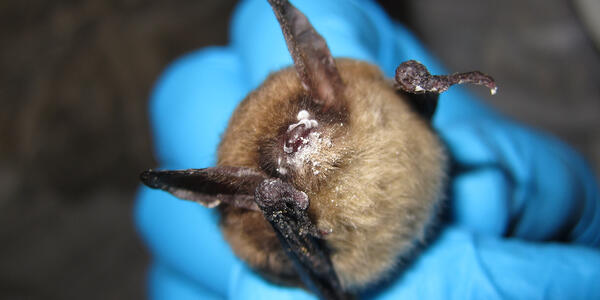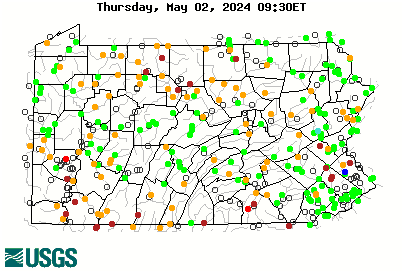A little skeptical of this theory. Plant nutrient concentrations have been decreasing for decades due to intensive fertilization, pesticide use and planting the same crops on a plot of land, year after year. Its why farmers used torotate crops and leave land fallow. We have seen this in the drops of nutrient densities in alot of greens ie spinach broccoli etc. If the nutrients are in the soil the plant will uptake same. CO2 is part of the Photosynthesis process in which the plant uses CO2 and water to create sugar ie glucose for its use and O2 is expired to the air.
My guess is alot of hoppers that were living in farmers fields and fertilized lawns are decreasing in number due to nutrient loss via repeated fertilization, pesticide use, and maximal harvest yeilds, more so than high CO2 due to climate change
There are concerns that in our rush to grow food on ever bigger scales, we have inadvertently caused its nutritional content to wane. What can be done to reverse that?

www.bbc.com









